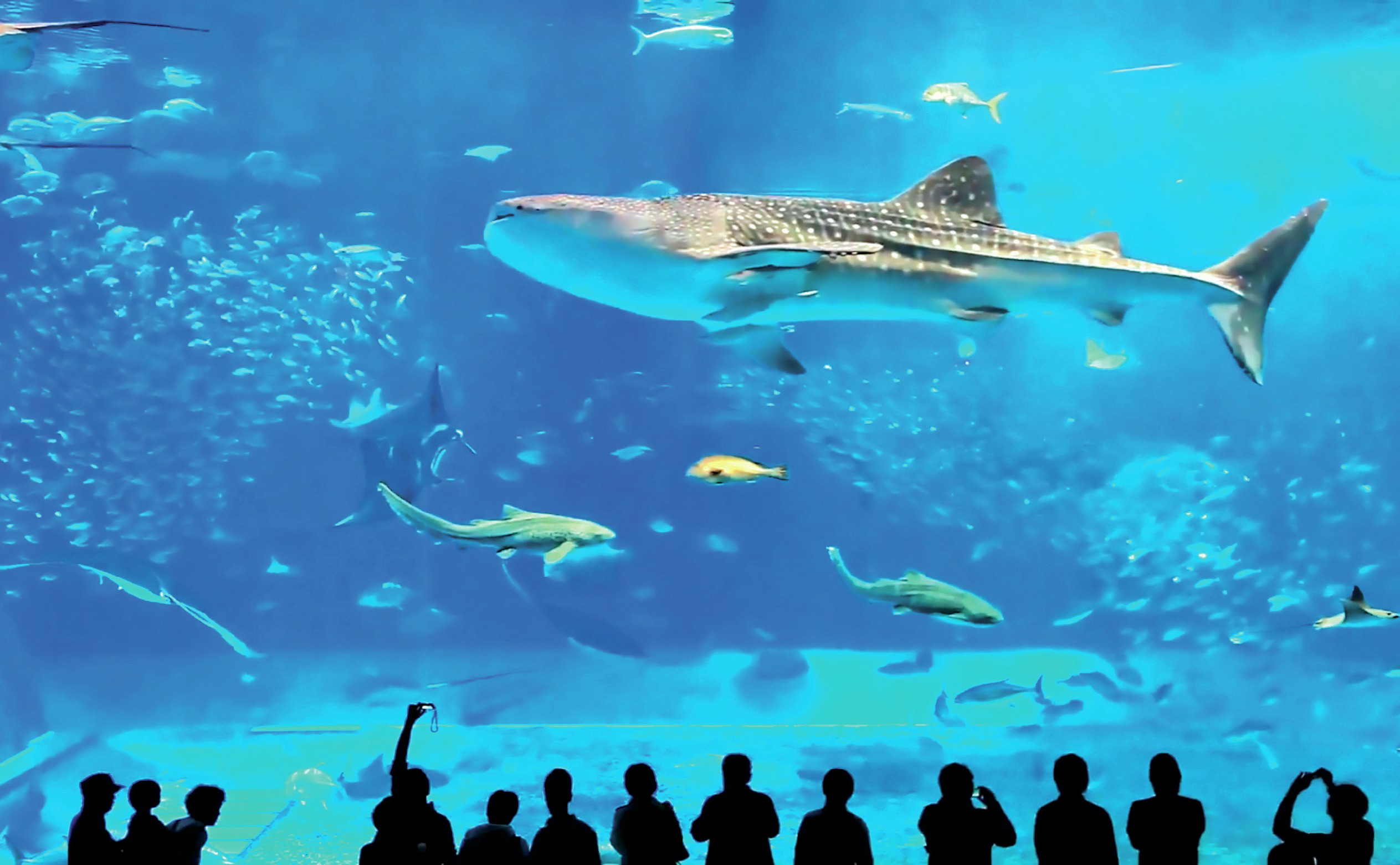
Aquaria allow people to connect with hidden underwater worlds and their inhabitants. Imagine walking through a huge underwater tunnel in a public aquarium. You look up and see a shark and shoals of fish swimming overhead. Have you ever wondered what goes into looking after a shark? Who looks after all these aquatic animals? That’s the job of an aquarist. Aquarists are keepers of aquatic animals, from invertebrates to sea lions and sharks. Aquarists often work in public aquariums but may work in other facilities too. Wherever aquatic life needs looking after, you will find an aquarist working behind the scenes.
Working with animals plays a main role in an aquarist’s daily work. There are many different aspects involved in looking after aquatic animals. For example, animals need to eat, so an aquarist must understand the nutritional needs of the animals in their care and help to develop the animals’ diets. Many animals need enrichment in their life — something that stimulates them. This stimulation might be a mental challenge, or it might be a new sensory experience such as a new smell or thing to touch. For animals such as otters and sea lions, enrichment through training programmes also gives the aquarist a chance to carry out tricky health checks on the animals. Likewise, when animals get sick, the aquarist needs to be able to follow the advice given by vets. This may be something as simple as giving medicated food, but it might mean giving a wriggling fish an injection.
Your organisation does not have access to this article.
Sign up today to give your students the edge they need to achieve their best grades with subject expertise
Subscribe




